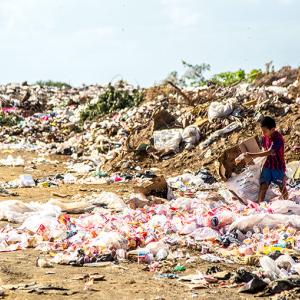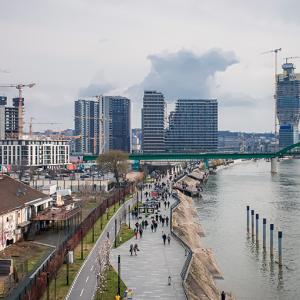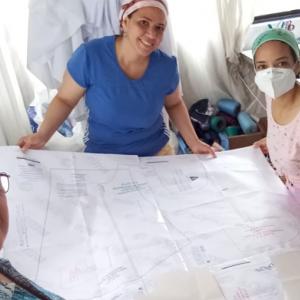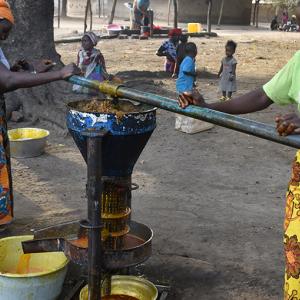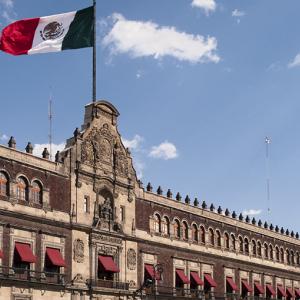Orchestrating & scaling collective intelligence for the SDGs
As the use cases in this report show, collective intelligence approaches can work well in addressing some of the big 21st-century challenges.
Use cases 1, 5 and 6 illustrate how collective intelligence can help make development more context specific, more participatory and more inclusive by harnessing the intelligence and capacity that exists in all communities. Use cases 2 and 4 highlight the value collective intelligence brings to dealing with uncertainty and complexity by bringing together new types of insight to reveal hidden dynamics or understand emerging problems more quickly. Use cases 2 and 3 point to the vital role collective intelligence can play in filling data gaps on the SDGs – enabling more accurate and detailed knowledge on progress and more rapid response. And use case 6 demonstrates how progress towards sustainable development can be accelerated by harnessing distributed problem solving and collaboration.
The next step is to orchestrate collective intelligence more strategically and at scale. The many excellent initiatives referenced in this report are often fragmented, hard to find and usually ad hoc. We will need many more initiatives that help connect local, small-scale initiatives into more of a global knowledge commons; creating usable and useful open data, open science and open innovations that are available to everyone.
A good example of the scale of ambition needed is the new UNEP-UN-Habitat partnership to create the ‘world’s largest air quality platform’ covering 7,000 cities worldwide. For the first time, it will bring together air quality data collected by governments, NGOs, companies and local community groups and individuals that was previously either restricted to individually-run websites or apps, or not shared publicly.


